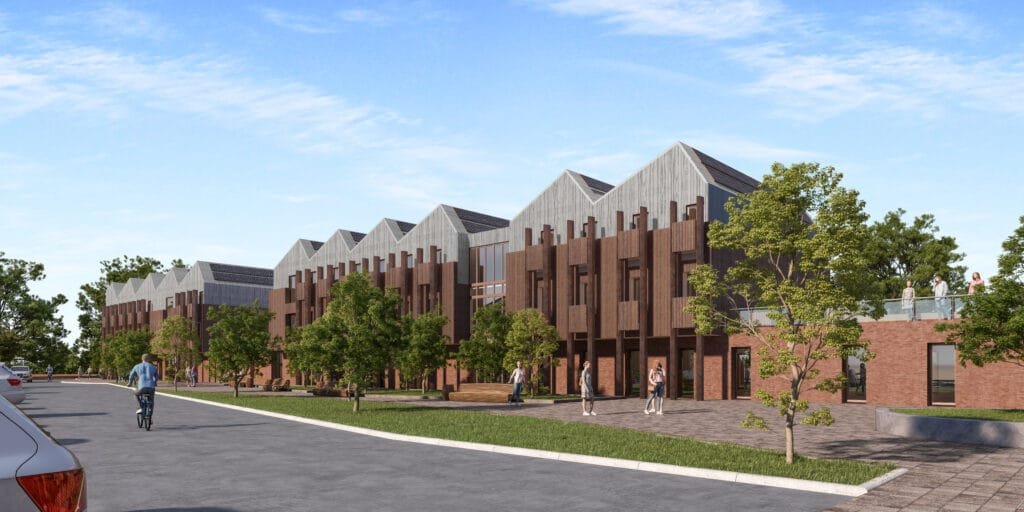Your Ultimate Guide to 3D Architectural Animation

Introduction You may hesitate when you first hear about investing in 3D rendering services and cinematic architectural animations, wondering if advanced animation techniques and real-time rendering are truly more than just flashy extras. You’ve already commissioned basic walkthrough animations or static renders and found the results underwhelming, leaving you to question whether deeper architectural visualization can really move the needle. At ArchiRender3D, we’ve guided designers, developers, and marketers through the same uncertainty. On one urban mixed-use project, our team replaced dozens of static images with a concise 45-second fly-through that highlighted massing, context, and materials in motion—accelerating stakeholder buy-in by two weeks. On another high-end residential master plan, we used real-time rendering to tweak lighting and finishes live during client workshops, ensuring every detail resonated before committing to final frames. In this Ultimate Guide to 3D Architectural Animation, we’ll peel back the curtain on the strategies that make these animations effective. You’ll discover how to choose the right 3D rendering services, script compelling narratives using proven animation techniques, and know when to leverage real-time rendering versus high-fidelity offline pipelines. We’ll also explore how polished architectural walkthrough animations and integrated architectural visualization workflows can turn your proposals into immersive experiences that win more clients, speed approvals, and elevate your brand. By the end of this guide, you’ll feel confident about deploying motion as a strategic tool—knowing exactly when and how to transform static designs into stories that stakeholders not only see, but truly feel. What Is 3D Architectural Animation? 3D Architectural Animation transforms digital building models into moving sequences that illustrate design intent. Instead of a single static view, you guide viewers through spaces, materials, lighting, and context in motion. An animation can range from a simple fly-through of a lobby to a fully narrated journey through a master plan. These sequences combine geometry, textures, lighting rigs, and camera paths to craft immersive visual stories. Why 3D Architectural Animation Matters Probably you worry that clients won’t sit through a minute-long video. In reality, well-crafted animations capture attention and build emotional connections in ways still images cannot. When clients see a sunlit atrium come alive, they grasp spatial relationships and material choices instantly. Animation also accelerates decision making. Stakeholders move beyond abstract plans and quickly agree on layouts, palettes, and finishes. That clarity can shave weeks off approval cycles. Key Use Cases for 3D Architectural Animation Use Case Description Client Presentations Showcase design vision in a dynamic, engaging format to diverse stakeholders Marketing and Sales Embed animations in websites, social media, and email campaigns to generate buzz and drive inquiries Investor Pitches Guide potential investors through a project’s narrative, highlighting ROI drivers and unique features Public Consultations Present master plans, zoning changes, or community designs in an approachable, easy to understand way Design Validation Test circulation paths, lighting strategies, and volumetric relationships internally before construction Client Presentations When you guide clients through a cinematic fly-through, they grasp spatial relationships and materiality almost immediately. In one hospital lobby project, a 45-second animation cut a two-hour review down to thirty minutes and secured design approval within days. Marketing and Sales Embedding a 30-second exterior and interior animation on a developer’s website boosted page dwell time by 120 percent. That engagement spike translated into double the leads and a 65 percent rise in email inquiries in the first month. Investor Pitches A narrative animation for a London mixed-use scheme wove foot-traffic patterns and rental yield projections into a clear story. Investors signed term sheets within a week after viewing the animation, accelerating funding rounds. Public Consultations An animation toggling between existing shoreline, future sea-level projections, and proposed green infrastructure turned skeptical residents into engaged advocates. The project earned permitting three months ahead of schedule. Design Validation An exploded-view animation for a multi-tower development revealed a clash between ductwork and ceiling beams before construction began. That early discovery saved $75,000 in change-order costs and kept the schedule on track. Types of 3D Architectural Animations Animation Type Description Typical Duration Fly-Through Smooth camera path through interior or exterior spaces 30–60 seconds Fly-Around Exterior orbit of a building to showcase form and context 20–40 seconds Walk-Through First-person perspective simulating a visitor’s path 60–90 seconds Exploded View Animated separation of building components for technical clarity 15–30 seconds Sequence-Based Narrative Story-driven video with annotation, voice-over, and graphics 90–180 seconds Fly-Through Animations A fly-through is a smooth, guided camera path that carries viewers through interior or exterior zones. You might worry that static renderings already capture your design’s highlights, but a fly-through turns passive observation into immersive exploration. Real Experience: For a corporate headquarters lobby, we crafted a 50-second fly-through that began at the entrance plaza, glided under the vaulted ceiling, and paused at key design features, such as the reception desk, sculptural stairway, and double-height atrium. Decision makers who previously hesitated on finish selections signed off within days, citing the animation as the closest they had felt to walking through the space. Fly-Around Animations When you need to showcase massing, context, and façade articulation, a fly-around delivers a complete exterior overview. You may assume that a static exterior shot tells the story, yet an orbiting camera reveals how the building sits within its environment from every angle. Real Experience: A mixed-use tower in Singapore faced community concerns about height and shadow impact. We produced a 30-second fly-around animation showing morning, noon, and evening lighting conditions. Community board members shifted from skepticism to support after seeing how the tower’s stepped form allowed sunlight to filter onto adjacent streets. Walk-Through Animations Walk-throughs simulate a first-person journey through a space, giving viewers control over their path. You might hesitate because VR headsets seem complex, but a basic walk-through video delivers similar engagement without specialized hardware. Real Experience: In a boutique hotel renovation, we created a 75-second walk-through that navigated from the street-level café into guest corridors, lounge spaces, and the rooftop terrace. Executives praised the sense of scale and flow, enabling the design team to finalize furniture layouts and lighting schemes in
